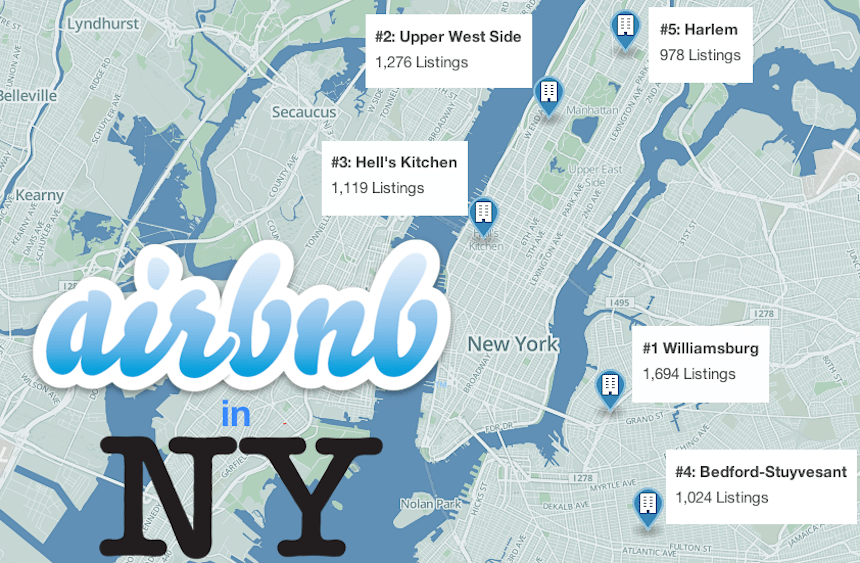Airbnb in NYC: The Real Numbers Behind the Sharing Story

Skift Take
Airbnb's business in New York is a fascinating look at how the sharing economy has evolved, as well as the challenges that remain ahead of it.
Editor's Note: This is the first in a series of data dives into Airbnb's listings in New York City. We believe Airbnb Vs. NYC is the defining fight of the sharing economy, and some understanding of how the platform is being used will help clear up the laws as they change. Part two here.
Airbnb versus New York City is one of the defining fights of the sharing economy.
It is so important that the highest profile sharing economy company is waging a three-pronged political, legal, and public relations battle in the city. The impending battle with the state Attorney General -- court proceedings begin in late March -- is easily one of the most important challenges Airbnb has faced in its six-year history.
The Attorney General and a host of other state and local politicians say many hosts on Airbnb are violating a state law that prohibits most short-term rentals of less than 30 days. They also share concerns that hosts aren't paying their fair share of taxes.
Airbnb responds by claiming that its hosts are largely made up of people renting the home where they live, and doing so only occasionally. The company says it is too hard to police user activity and abiding by local laws, as well as restrictions placed on hosts by leases, condo associations, and co-op boards, is up to the individual users.
Yesterday, Airbnb responded to a list of questions from Skift about its users with the statement "87 percent of Airbnb hosts in New York share only the home in which they live."
The company does not provide access to details about its hosts, how many listings they have, or occupancy levels. Its battle with the New York Attorney General is over a limited set of this information, specifically details related to the number of listings represented by hosts who are not staying in the apartment when a guest is present.
Airbnb told the Attorney General that compiling this data was too burdensome, so Skift decided to help out.
Skift turned to Connotate, a data extraction and monitoring firm. Using its tools, Connotate took a deep dive into Airbnb in New York City in January. "Understanding the

